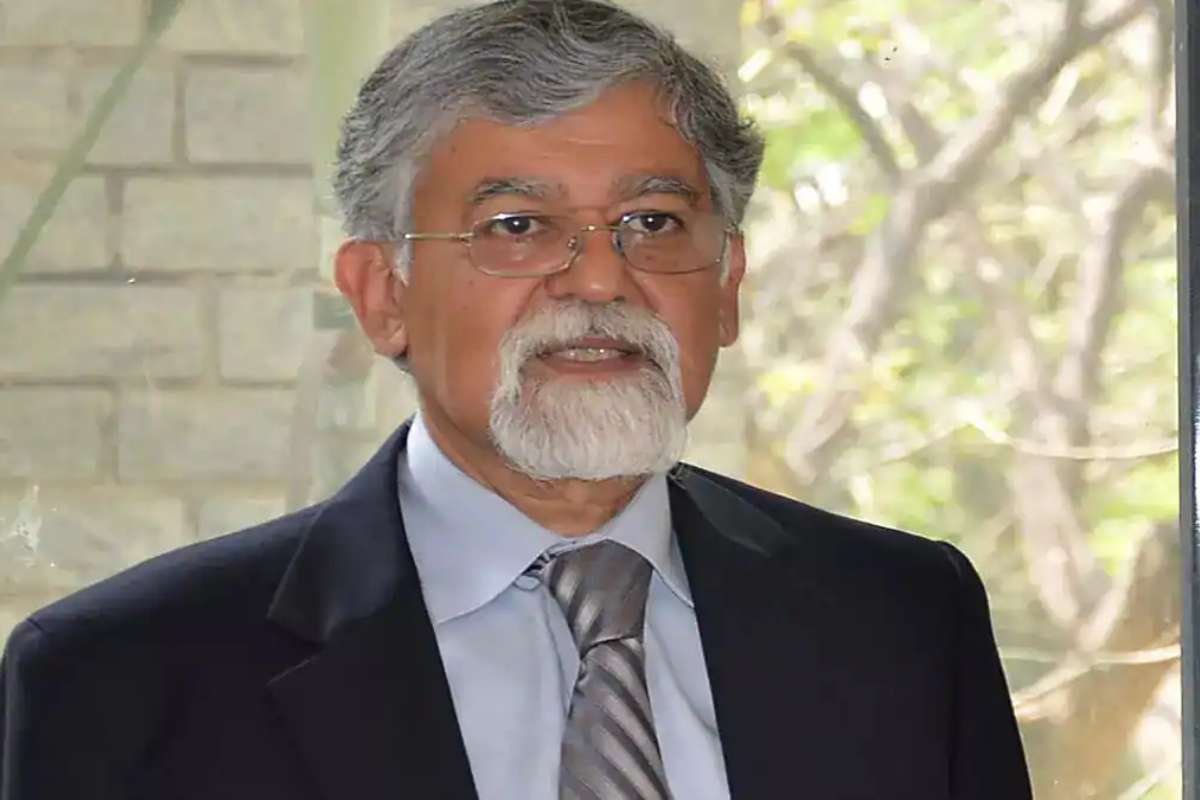Employment on the Rise, but Real Wages Lag Behind
India has witnessed a steady increase in employment over the past seven years, yet real wages for regular salaried jobs have failed to keep up with inflation, according to Niti Aayog member Arvind Virmani. Speaking in an interview, Virmani highlighted that despite positive employment trends, a critical challenge remains—the stagnation of real wages due to inadequate skill development. He emphasized that India must leverage its demographic advantage by enhancing the quality of education and vocational training.
Referring to data from the Periodic Labour Force Survey (PLFS), Virmani stated that the worker-population ratio has been consistently rising, indicating that job creation is outpacing population growth. The PLFS Annual Report 2023-24 revealed an increase in the worker-population ratio from 34.7% in 2017-18 to 43.7% in 2023-24. While these figures suggest job opportunities are expanding, concerns persist regarding the quality of jobs and wage growth.
Wage Disparity: Casual vs. Regular Workers
Arvind Virmani noted that wages for casual workers have shown an upward trend over the past seven years, improving their financial condition. However, the same cannot be said for regular salaried employees, whose real wages have not kept pace with inflation. He attributed this issue primarily to a shortage of skilled workers.
“Our economy is not producing enough skilled professionals,” Virmani explained. “The central government has initiated various skill development programs, but there is still a pressing need for action at the state and district levels.” He stressed that increasing workforce skills directly correlates with productivity and wage growth, as observed in economies worldwide. Bridging this skill gap could play a pivotal role in ensuring that real wages align with inflation, ultimately improving workers’ financial stability.
Addressing the Skill Deficit for Sustainable Growth
According to Arvind Virmani, skill development must be a priority across all levels of education, as many students drop out before completing their schooling. He argued that vocational training should be tailored not only for high-tech fields like artificial intelligence and electronics but also for individuals seeking employment in various other sectors.
“The major challenge is the lack of quality education and skill training,” he stated. “To build a developed India, we must recognize opportunities and act on them. Education, training, and skill development need significant improvements at all levels.”
Arvind Virmani also emphasized the role of supply chains in economic growth, suggesting that strengthening logistics and industrial infrastructure could further enhance job opportunities. He concluded by reiterating that employment and skill development are interconnected, stating, “Jobs and skills are two sides of the same coin. The more skilled the workforce, the easier it becomes to secure stable and well-paying jobs.”







